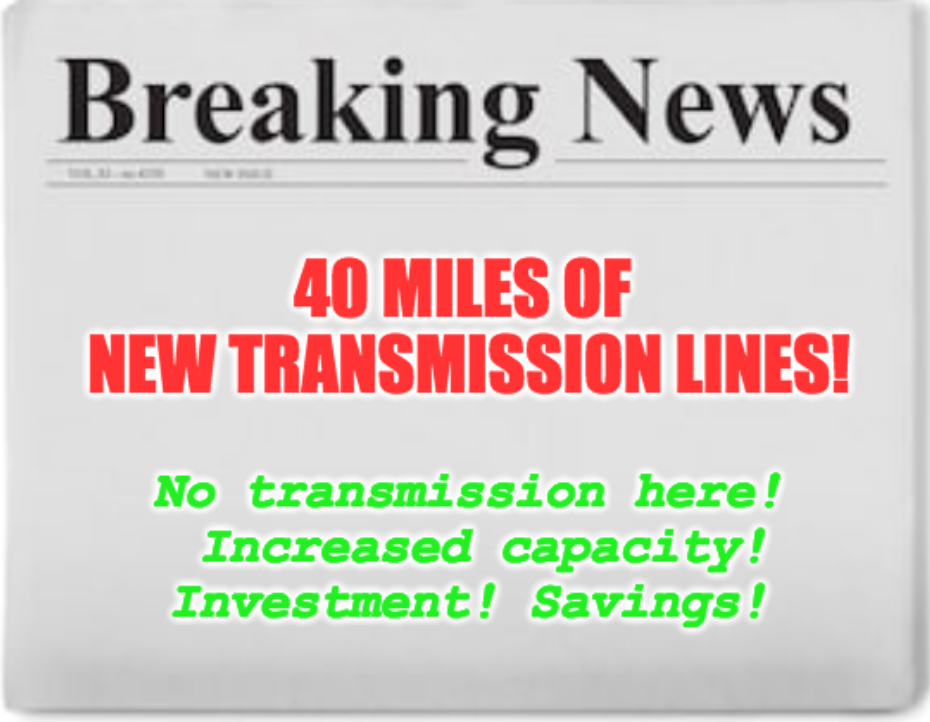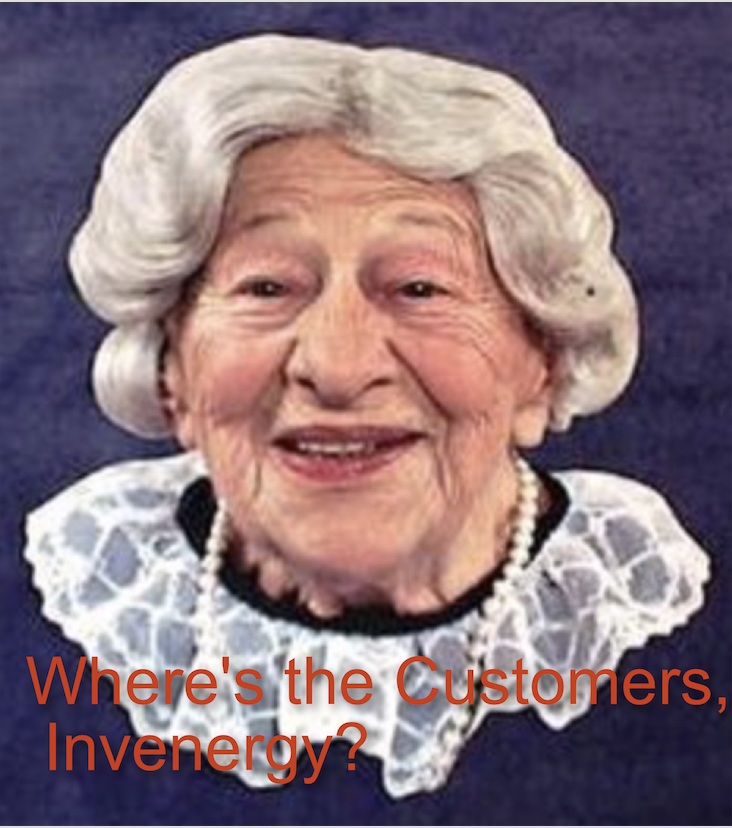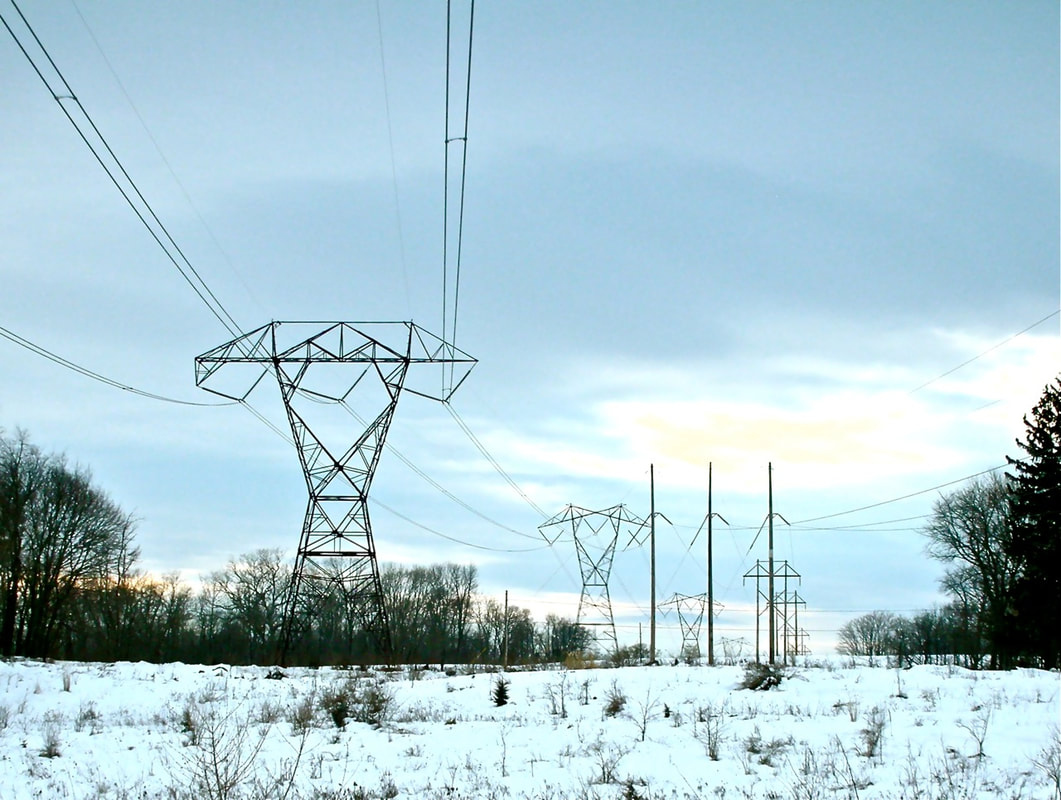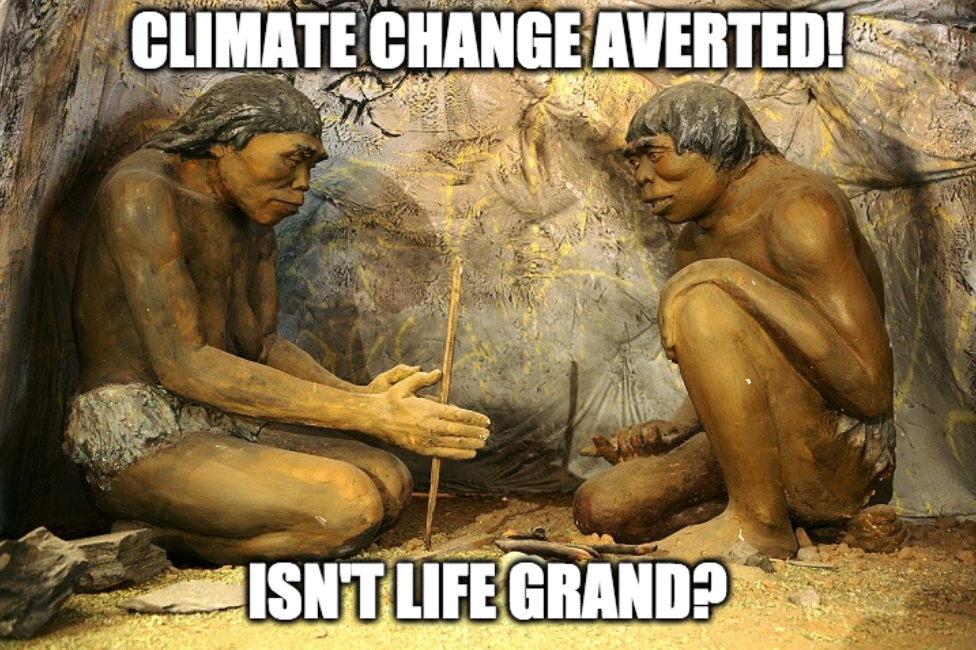And Invenergy took full advantage of it on Monday, pumping out stories like this AP blurb that was sent around the country to use as filler. What does it say?
- Grain Belt Express has been expanded so that it would "match" the power of 4 nuclear power plants.
- Investment has increased to $7B.
- Some municipalities intended to use the line for a "long" time.
- There will be some magical amount of "savings."
- Some advocacy groups love it.
- "Some" farmers don't want the project.
As you'll notice in the press release, the Tiger Connector is buried on page 2, past the bulleted list of important points. No reporter read that far. They stopped at the bulleted list because it was there that Invenergy had so conveniently summarized the important points. But those weren't the important points. They were just complete nonsense and fluff designed to bury the Tiger Connector story. And it worked. Thanks a lot, lazy reporters.
Also take a look at GBE's website. Where's the Tiger Connector? Oh, here it is, one page deep, where a curious reporter would never find it. And it's not part of the "Route" page where someone would look for the route of the project. It doesn't exist on the route. It has its own separate tab, which is unexplained, and the page contains nothing of any value to anyone. I've been doing transmission for nearly 15 years now and I've never seen a new transmission project rolled out with so little actual information. There aren't even any maps for residents of newly affected counties to see. It doesn't even mention where this project might want to go. It's almost like Invenergy is HIDING this new proposal.
Is Invenergy embarrassed that it has spent so much time and money on a route that isn't even viable for the project because it could not connect to the grid at any points even close to the route it has been buying and condemning for years? Is Invenergy embarrassed because it still doesn't have any customers aside from the loss-leader municipality contract for only "up to" 250 MW?
Nah, I think they did this on purpose as a ploy to keep this information from any landowners who could object to the plan and challenge it at the PSC. If there is no information about it in the news, nobody would know. If the information is hard to find on GBE's website, nobody will find it. If they do find it, there is no detail that might set an affected landowner off. If GBE doesn't mail notification letters to affected landowners until AFTER the news conference, and dangerously close to the "Open House" dog and pony show "meetings," nobody would know. We have yet to see one of these notifications show up, but they may be designed to look like a junk mail postcard you'd toss right into the trash without reading. If that happens, nobody would know. GBE didn't "announce" the details of its Open House meetings until AFTER the news conference, therefore the media would not publish that information and nobody would know about it.
Here's the information. Spread it around because GBE is hiding it and the media isn't interested in public notice.
Tuesday, July 26
Knights of Columbus
9584 State Hwy 15, Mexico, MO
65265
Meeting 1
12:00 p.m. to 2:00p.m.
OR
Meeting 2
5:00p.m. to 7:00p.m.
Callaway County
Wednesday, July 27
John C Harris Community Center
350 Sycamore St, Fulton, MO
65251
Meeting 1
12:00 p.m. to 2:00p.m.
OR
Meeting 2
5:00 p.m. to 7:00 p.m.
The public meetings will be open house format and attendees can come and go as they please during meeting hours. No formal presentation will be given. For those unable to attend in person, there is a self-paced Virtual Open House that is accessible on the website anytime between July 25 and August 5, 2022.
Ya know... real public notice that isn't actually trying to HIDE things is always sent to the media, who could help notify the public. What are you trying to pull Invenergy?
Invenergy says Tiger Connector is just a small change and the story is elsewhere. No sane person would believe that! Maybe opposition doesn't need GBE to help tell their story. Maybe Invenergy is about to get slammed. There's no way they're getting this through the PSC as a minor change that nobody minds. In fact, the Missouri PSC said it was not a "change" and that Grain Belt Express has to file a whole new application for these changes. Oops! Nice try, Invenergy, but did you actually think that was going to work?
Next, let's look at those manufactured talking points Invenergy fed to the press and analyze how useful they actually are, and whether they have a chance of biting back.
GBE will now be the equivalent of 4 new nuclear power plants. Sorry, but GBE does not generate energy. Maybe they meant that it could deliver the equivalent of 4 new nuclear power plants, if it actually had interconnection requests to inject that much power (but that's a different blog). But where would that power be generated? Not in Missouri. It would be generated elsewhere and imported. And if Missouri imported the power of 4 nukes located in Kansas, then an equivalent amount of Missouri generation would close, maybe even actual nuclear plants, like the Callaway Generating Station owned by Ameren that employs a lot of people and pays a lot of taxes in Callaway County. Ya know, maybe this wasn't really a smart talking point.
Investment increases to $7B. How in the world did GBE go from its historic $2B price tag under Clean Line Energy Partners to today's $7B price tag? Even with today's sky-high inflation, that's impossible. Even the cost of the Tiger Connector couldn't get this transmission project to $7B. Maybe there's more to this story than a transmission line.
Invenergy trots out the same old, tired "customers" who got the deal of a lifetime to take service at below cost rates. I notice these customers didn't figure prominently in Invenergy's fluffy press release. Invenergy found some new friends to "cheer" for it. 2-4-6-8 What are we here to validate? Rah! Rah! Rah!
Magical savings. Because Invenergy hired some company to toss a word salad that concludes there will be all these magical savings that real people just can't figure out. It's all made up crap and they won't show you their math. You're supposed to trust the results. But without seeing the figures used to calculate these savings, it cannot be verified. They could have put anything in their equation (and maybe they did!). It's not just you... this savings report doesn't make sense to anyone I know.
Advocacy groups. I really don't think this needs an explanation. Gimme an S. Gimme an H. Gimme an I. Gimme an L. Gimme another L. What does that spell? Rah! Rah! Rah!
"Some farmers." How about "the vast majority of agricultural land owners along with their non-agricultural neighbors"? "Some" would more appropriately apply to the advocates, because they're so few in number. But, despite the backhanded attempt to minimize opposition, some farmers still managed to pollute Invenergy's dream story. That's the best a lazy press could do.
There were a few other giggles in the few stories that were original journalism. I particularly liked this blurb:
Utility regulators in Missouri and Kansas have already approved construction of the line. An Invenergy spokesperson didn’t immediately respond to an email asking if the expansion plans required additional approvals.
And then there's this:
“We heard that story over and over: ‘We want to see more of it brought to Missouri,’” said Shashank Sane, who leads Invenergy’s transmission business, after a Monday news conference in St. Louis. “It was really about bringing benefits to the state.”
Invenergy did not disclose which Missouri entities it expects will buy the additional power, but it is “confident that the customer base is there,” said Sane.
Invenergy carefully created a whole stack of hay to hide its "we need a new connection point" needle. But all that hay may end up being too hard to chew.





 RSS Feed
RSS Feed